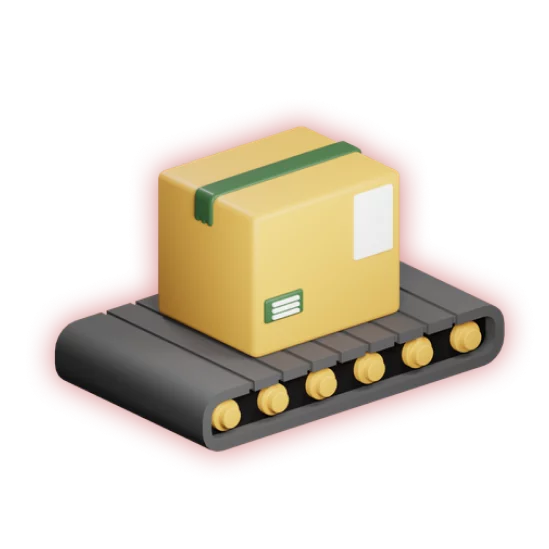PROCESS AND PRODUCT OPTIMIZATION
Improving production and organizational efficiency allows to minimize waste, save time and reduce stress.


Routing Optimization
Finding short, profitable and economical routes for transporting goods is crucial in logistics. Whatever the type of transport and the products to be transported, routing optimization models trained on the company’s experience make it possible to quickly simulate, calculate and plan routes and route variations taking every variable into account.

Resource Planning
To maximise productivity and services coverage, the allocation of the personnel must be managed on the basis of the experience and complexity of the tasks to be performed. The Resource planning system allows an algorithm to be trained in order to analyse different scenarios and propose the best possible compromise between the personnel costs and the desired level of services/production.

Production Scheduling
AI algorithms models can automatically plan and control each work step within any industrial production process, even the most complex, to meet and organise deliveries and supplies of raw materials. With a high reliability, AI technology enhances and optimises the efficiency of the pipeline production and machinery, and aligns industrial processes with the incoming of raw materials and expected delivery times.

Anomaly Detection
The developed solution for Anomaly Detection allows companies to continuously check and predict, even remotely, relevant anomalies that may affect the performance of a production process or the life of a product. In addition, the solution automatically detects any anomaly and promptly reports it to the company’s user.

Automatic Document Processing
It allows to classify, organise, extract, analyse and add value to existing information/data in any company’s document saved in different formats, either as text or as images or videos in different data repositories. Such capability is essential for any business that quickly needs to perform automated processes (complex quotations, patient or service customer histories, etc.) based on a large number of historical or differently formatted documents.